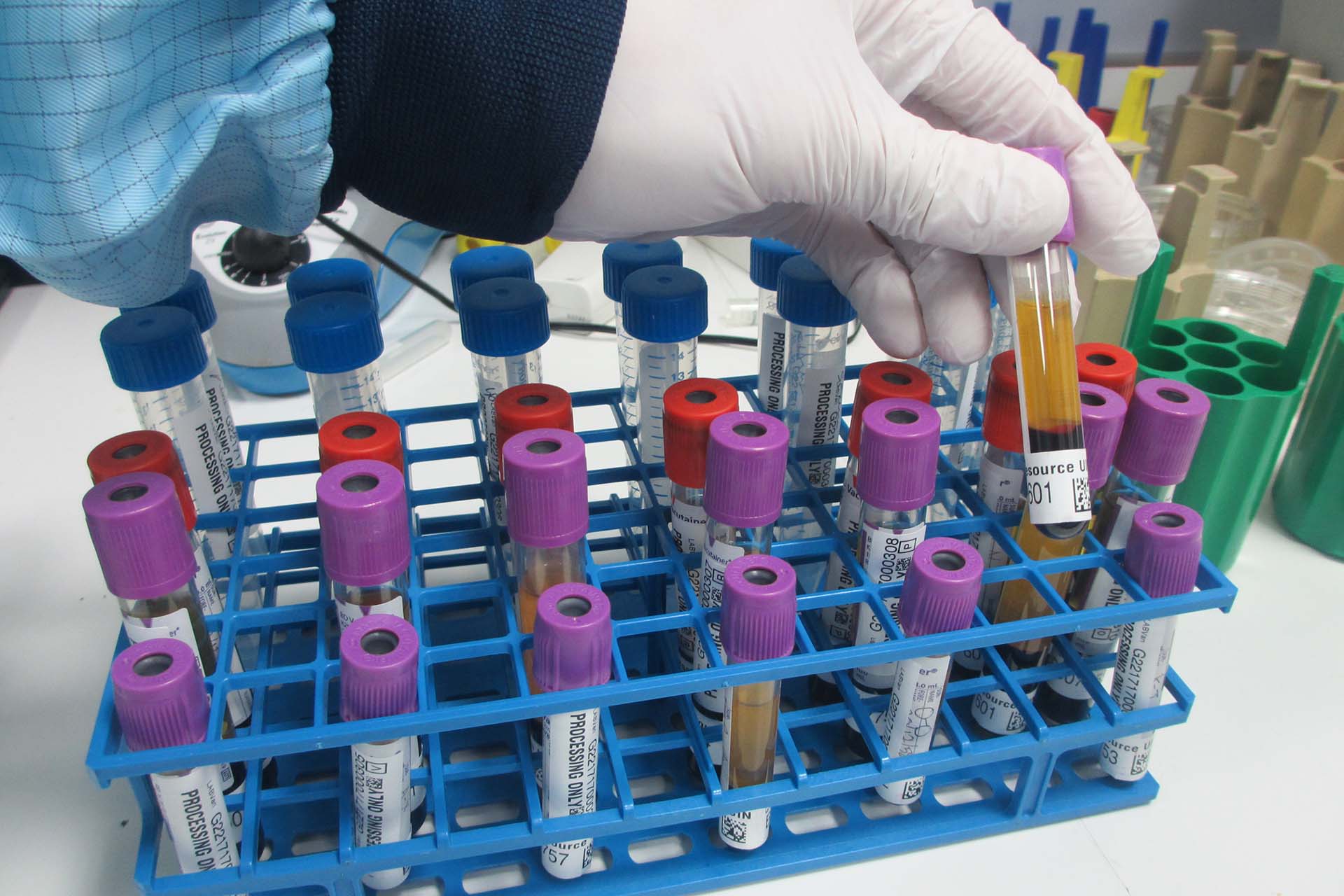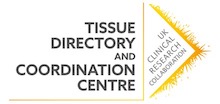What does sample access in the UK look like today?
Fourteen years since the Human Tissue Act was bought into law in the UK what does sample access look like and what can be done to improve it? We summarise new research published by the UKCRC Tissue Directory and Coordination Centre (TDCC).
Accessing samples: a mixture of routes
Self-collection is still a major route to human samples for research according to new research published by the UKCRC TDCC. In a survey of 198 UK-based researchers, 69 stated that they collected themselves, with 65 using a local biobank and 64 a collaborator. Interestingly these researchers often used more than one source, with 5 researchers using up to 5 different sources to acquire the samples they needed. Indeed, most researchers used more than one source to acquire samples. These results show that despite the large number of biobanks and collections in the UK (with over 200 registered on the UKCRC Tissue Directory), researchers are not able to get what they need from just one place. The top reasons for the researchers’ choice of sample source were linked clinical data and the location of the source. These motivations have important implications for biobanks wanting to attract more custom. Lack of clinical data was also cited as a high barrier to sample use.

Seeking support to help with governance
The researchers were asked what they perceived as barriers to sample access, ‘‘Time spent on MTAs and contracts’’ and ‘‘Time spent on ethical approval’’ were cited as the biggest barriers, with nearly 60% (88/149 for both questions) of respondents citing them to be significant to high barriers. In subsequent focus groups, participants also expressed concern that governance varied between institutions. This complexity meant that they had a preference for a personal relationship with someone that they could get advice and support from. The desire for this personal contact was linked to the desire to have a local source, to facilitate easy communication.
Quality science through quality relationships
Researchers were not overwhelmingly bound to their current sample source, with nearly two-thirds claiming they would consider using a different sample source. So, what would tempt them to try something new? Sample range and quality were ranked above location, indicating that with sufficient information and support researchers would be happy to use a non-local source if appropriate samples were found. Once again, the desire for a trusted relationship was cited, this time to infer the quality of the samples. Researchers stated that building a good collaboration with their sample source would not only to lead to the right samples but also improve the overall quality of the science. They saw sample providers as a route to improving the overall quality of the scientific outputs.
![ThinkingHeads [Converted] Cartoon thinking heads](http://tdcc-blog.azurewebsites.net/wp-content/uploads/ThinkingHeads-Converted-2.png)
What can we learn from this research?
- Researchers value linked clinical data and convenient means of communication with the sample provider. This often meant a local source, but efficient communication could replace this. Location may also mean less post COVID-19, where virtual communication has become the norm.
- Time spent on governance and paperwork was seen as a barrier to sample access. The desire for a personal contact to help with this was often referenced. Biobanks should advertise any additional services and support they provide.
- Researchers cited range of samples as a top motivator to switch sources and many used more than one source. The ability to pool samples from different sources may be a more convenient way to get what you need from one place.
- Collaboration is key: the focus group discussions really highlighted that many researchers wanted support and help with their research right from the planning through to the execution and analysis. Demonstrate the value you’ve provided to researchers through case studies and publication lists.
Methods
These results are based on an online survey of 198 UK-based biomedical researchers and 5 focus groups featuring 12 participants. Researchers spanned a range of career levels and research interests. Please see the publication ‘The Barriers and Motivators to Using Human Tissues for Research: The Views of UK-Based Biomedical Researchers’ for more information.
Many thanks to all the researchers who participated in this research for your contribution.
